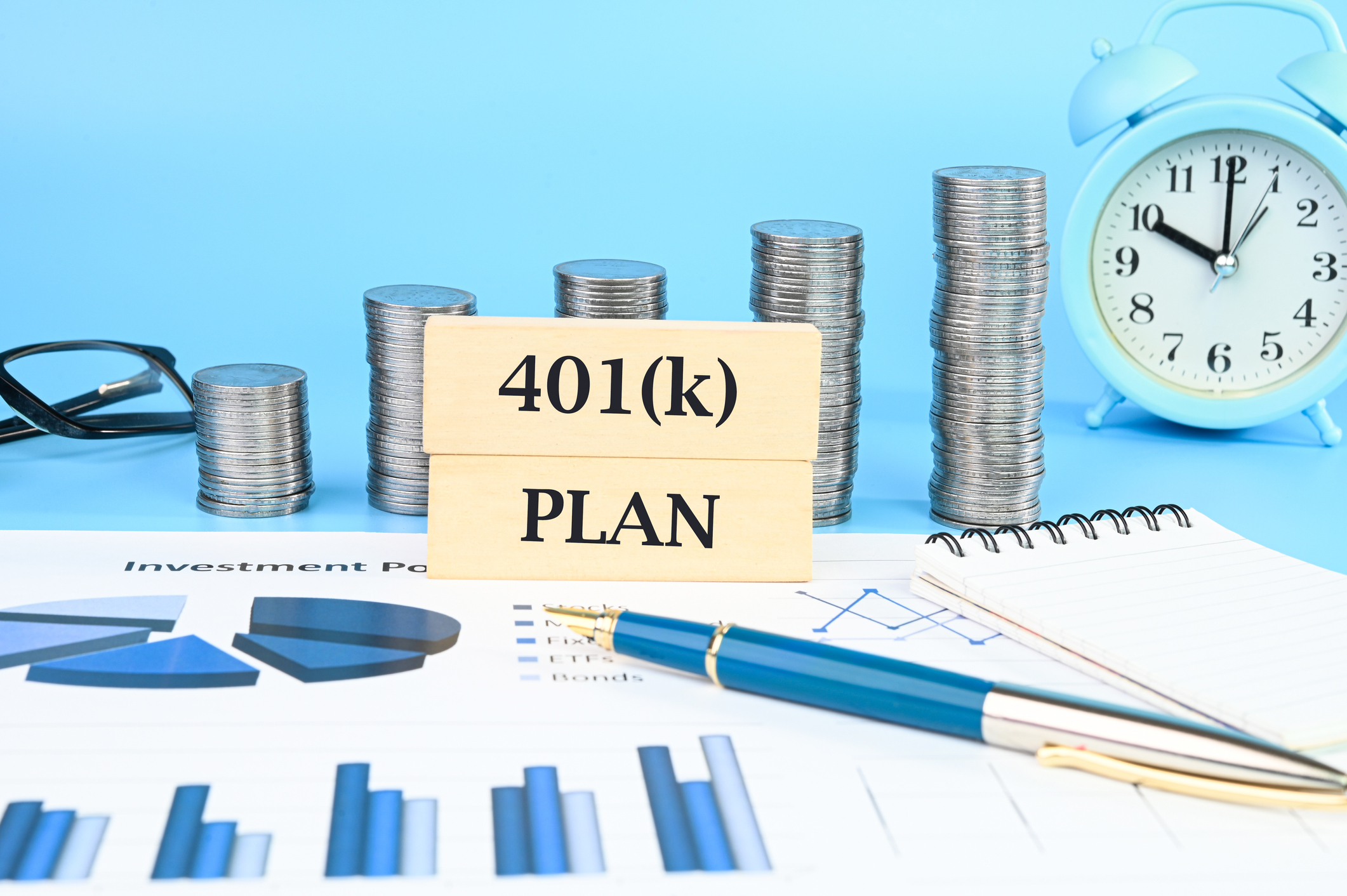Should You Invest in Gold?
The shiny stuff has been sparkling. But when the economy and the stock market pick up, gold prices are likely to head down.

Over the past decade, no investment has shined quite as brightly as gold.
If you had invested $10,000 in gold bullion in January 2001, your 37.81 ounces of the precious metal would have been worth more than $69,000 by September 1, 2011. That beat the pants off stock investments. Vanguard’s Total Stock Market Index Fund (symbol VTSMX), for example, returned an annualized 3.6% over the same ten-year period. Bond returns, while better, didn’t hold a candle to the nearly sevenfold run-up in the price of gold. And many experts believe the metal’s price has further to rise.
Yet even many of the most enthusiastic advocates suggest that investors dedicate just a fraction of their long-term portfolio to gold -- if any at all. The reason: Gold is a great hedge against “black swans” -- unexpected and catastrophic financial events. But when times are good, investments in gold typically go bad.

Sign up for Kiplinger’s Free E-Newsletters
Profit and prosper with the best of expert advice on investing, taxes, retirement, personal finance and more - straight to your e-mail.
Profit and prosper with the best of expert advice - straight to your e-mail.
That’s because the metal produces no earnings, nor does it boast a dividend yield. It appreciates or depreciates based on supply and demand. Right now, demand is high thanks to a decade of rotten stock prices, a souring economy and worries about the value of currencies in a world where the list of over-leveraged governments is long and growing. Moreover, interest rates are so low today (actually negative in many instances on an inflation-adjusted basis) that the metal’s lack of yield doesn’t hinder buyers.
Some central banks in developing countries, such as China and South Korea, have also started buying gold, boosting demand. But in normal times, the bulk of demand comes from jewelry manufacturers.
When world economies are stable and investment returns in stock and bond markets appear attractive, gold simply can’t compete and its price tends to languish. Indeed, during the booming 1980s and 1990s, the metal’s price did nothing but fall. “It’s a defensive hedge,” says David Kudla, chief investment strategist at Mainstay Capital Management. “People buy gold to hedge against inflation, against deflation, against economic or political uncertainty. We have all of those concerns -- and real concerns about the debasing of currencies worldwide right now.”
Kudla expects gold prices to keep climbing until the U.S. government gets serious about cutting the deficit and entitlement programs -- and he has little hope that will happen soon. Still, he says, investors should hold no more than 15% of their assets in gold, and they should buy only when the price dips because the metal’s price is historically high. Gold dropped 3%, to $1,818 an ounce, on September 7, a day on which the Dow Jones industrial average surged 2.5%
The metal is a good portfolio diversifier because its price tends to move in the opposite direction of stock prices -- and often against bond prices, too, says Tony Roth, head of wealth management strategies at UBS. He predicts that gold will fetch $2,200 an ounce in 12 months and could be worth as much as $2,500 an ounce. And yet he’s not a fan. Says Roth: “Gold does not produce income; it has very little commercial value. It really only has psychological value. We don’t think that it’s going to hold up over the long term.” That said, in these uncertain times, Roth thinks that nervous investors might want to hold anywhere from 5% to 20% of their portfolios in gold for “downside protection.”
There are many ways to buy gold. You can pick up coins, bars, gold-mining stocks and exchange-traded funds that hold gold bullion. (See KIP TIP: 7 Ways Not to Buy Gold.) However, most experts prefer ETFs. The reason: Mining stocks are affected by many factors other than the metal’s price, including stock market conditions and the company’s management. That can make individual stock prices considerably more volatile than the metal itself -- and the metal is plenty volatile on its own.
However, you can bet on the sector without betting on a single mining company by investing in a mutual fund such as Tocqueville Gold (TGLDX), which invests mostly in gold companies and other precious-metals mining stocks. Over the past year through September 2, the fund, managed since its 1998 launch by John Hathaway, returned 29.2%, beating the average precious-metals fund by 7.0 percentage points. Over the past ten years, the fund returned a stunning 28.0% annualized, beating its peers by an average of 4.2 points per year.
Meanwhile, the trading and storage costs for owning bullion as either bars or coins can be significant. Dealer markups and shipping and storage costs can shave the typical investor’s return by 10% to 15%.
Exchange-traded funds, on the other hand, can buy in bulk and hold bullion on behalf of investors, so there’s no need to pay fees for a safe-deposit box. The two top gold ETFs are SPDR Gold Shares (GLD), which boasts $72 billion in assets and charges 0.40% in annual fees, and iShares Gold Trust (IAU), which holds just over $10 billion in assets but charges annual fees of only 0.25%. We prefer the latter because of its lower expenses.
Get Kiplinger Today newsletter — free
Profit and prosper with the best of Kiplinger's advice on investing, taxes, retirement, personal finance and much more. Delivered daily. Enter your email in the box and click Sign Me Up.

-
 Stock Market Today: Stocks Soar on China Trade Talk Hopes
Stock Market Today: Stocks Soar on China Trade Talk HopesTreasury Secretary Bessent said current U.S.-China trade relations are unsustainable and signaled hopes for negotiations.
By Karee Venema
-
 2026 Disney Dining Plan Returns: Free Dining for Kids & Resort Benefits
2026 Disney Dining Plan Returns: Free Dining for Kids & Resort BenefitsPlan your 2026 Walt Disney World vacation now. Learn about the returning Disney Dining Plan, how kids aged three to nine eat free, and the exclusive benefits of staying at a Disney Resort hotel.
By Carla Ayers
-
 Smart Ways to Invest Your Money This Year
Smart Ways to Invest Your Money This YearFollowing a red-hot run for the equities market, folks are looking for smart ways to invest this year. Stocks, bonds and CDs all have something to offer in 2024.
By Jeff Reeves
-
 Vanguard's New International Fund Targets Dividend Growth
Vanguard's New International Fund Targets Dividend GrowthInvestors may be skittish about buying international stocks, but this new Vanguard fund that targets stable dividend growers could ease their minds.
By Nellie S. Huang
-
 Best 401(k) Investments: Where to Invest
Best 401(k) Investments: Where to InvestKnowing where to find the best 401(k) investments to put your money can be difficult. Here, we rank 10 of the largest retirement funds.
By Nellie S. Huang
-
 7 Best Stocks to Gift Your Grandchildren
7 Best Stocks to Gift Your GrandchildrenThe best stocks to give your grandchildren have certain qualities in common.
By Dan Burrows
-
 How to Find the Best 401(k) Investments
How to Find the Best 401(k) InvestmentsMany folks are likely wondering how to find the best 401(k) investments after signing up for their company's retirement plan. Here's where to get started.
By Deborah Yao
-
 How to Master Index Investing
How to Master Index InvestingIndex investing allows market participants the ability to build their ideal portfolios using baskets of stocks and bonds. Here's how it works.
By Nellie S. Huang
-
 The Best Vanguard ETFs to Buy
The Best Vanguard ETFs to BuyThe best Vanguard ETFs all feature rock-bottom fees, large asset bases and long trading histories. Here are a few of our favorites.
By Jeff Reeves
-
 Donor-Advised Funds: A Tax-Savvy Way to Rebalance Your Portfolio
Donor-Advised Funds: A Tax-Savvy Way to Rebalance Your PortfolioLong-term investors who embrace charitable giving can easily save on capital gains taxes by donating shares when it’s time to get their portfolio back in balance.
By Adam Nash